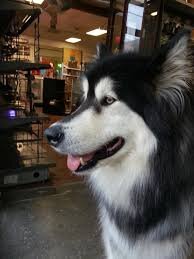Ellen Stearns came upon The Soul Box Project two years ago at a Moms Demand Action event. She was moved by the mission and its founder, Leslie Lee, an artist who launched the project as a way to cope with this country’s epidemic of gun violence. Lee had spent a sleepless night trying to process the horror of the 2017 mass shooting in Las Vegas that left 59 dead, 413 injured and countless others heartbroken and scared. She decided to model The Soul Box Project after the AIDS memorial quilt, creating an ongoing artistic effort that would allow individuals a wide range of self-expression.
Ellen was so impressed that she gave up a host of other volunteer jobs to join Leslie’s core team of eight.
“I like group efforts. I like the collective trying to bring about change,” says Ellen, fourth year girlfriend and Portland activist. “It’s why I like ninety-nine girlfriends and it’s why I’ve gotten so involved in The Soul Box Project.”
More than 100 people are killed in the U.S. each day by gunfire and the ripple effect is huge. It’s no surprise that nearly 125,000 Soul Boxes have been made and sent in to support the goal of creating a visual representation of the enormity of the gunfire epidemic. Making a Soul Box is simple, and the act can be therapeutic. One needs just two pieces of 8.5-inch X 8.5-inch paper and the desire to share thoughts or feelings on what will become a 3-D origami box. Whether expressing grief for a family member or a stranger affected by gun violence, creating something positive out of their sense of loss, or as an expression of love, people from Oregon and across the country have been moved to fold.
All kinds of groups, including book clubs, students and faith communities have discovered the Soul Box Project and have created boxes. A fall exhibit of the collection scheduled for the National Mall has been postponed for now and a virtual one is in progress, but it’s not too late to pour a little of your soul in a Box and share it with the Project. Who knows? You may find it therapeutic too.
— Tammy Wilhoite





